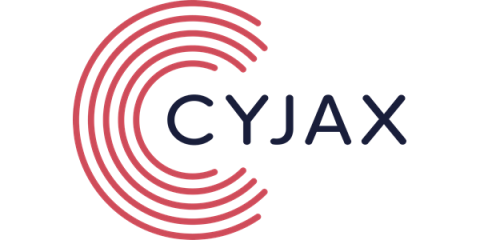How to Prevent Cyber Data Leaks
It’s every security manager's worst nightmare. A member of the IT department reaches to alert that malicious software has been detected on an internal network, and the hacker potentially has access to layers of sensitive data.











